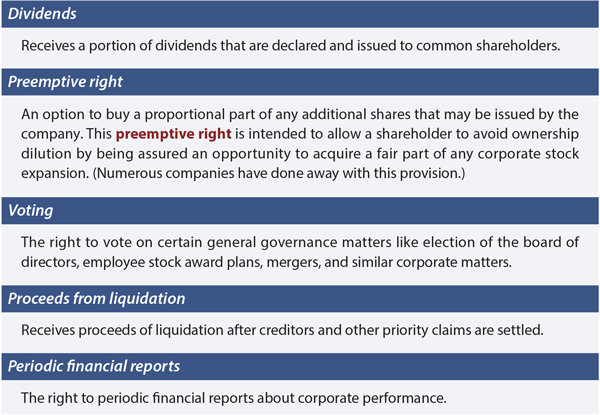Common Stock Valuation The Two Approaches
Post on: 28 Апрель, 2015 No Comment

Ever since the inception of corporation as a separate legal entity, the common stock has become one of the most important financial instruments in the world today. When people commonly refer to the “market”, they are usually referring to the stock market. For laymen, investing is synonymous with stocks. Yet the average person does not know much about how stocks ought to be valued. This article will explain how common people value stock prices and how it differs from the theoretical model:
Theories state that shares actually represent fractional ownership. Therefore if you own 1% shares in a company, the value of the shares should be 1% of the expected value of the company. Now, when we say expected value, we must understand that value will only accrue in the future as and when the company conducts business over time. At the present moment, there are expectations and opinions about the future value. We need to discount these hypothetical future values at the correct discount rate to arrive at the future valuation of the company. Once, this future valuation is derived it, we can extrapolate the value of the share from it.
For instance, if the value of the entire company turns out to be $100, then the value of 1% of its stock should be $1. This is the scientific basis for arriving at a share price valuation. The advantage is that this method is much more objective than the other methods. Using this method, one can know what they think is the fair worth of a company. Then they can decide whether or not the current market price presents an undervalued opportunity to buy! This is called the discounted cash flow (DCF) method and henceforth we will be discussing this method.

The theoretical model is great theoretically. However, many a times it may not be practiced in real life. The reason behind this is simple. DCF models require a lot of information. Then the assume that the investor is skilled enough to make sense of all this information, organize it and arrive at the correct price. But, that’s not what happens.
Usually people look at the past record of the stock, the record of how the peers of the company are performing etc. They try to have a very slight idea about how the future developments in the industry are expected to play out and how any given company stands to gain or lose from it. Based, on this very rough heuristic, they decide whether or not they want to buy a share.
The problem with this approach is that it promotes bubbles. Since there is no objective valuation, the share that is already rising in price will appear attractive and more people will want to buy it taking the price even further. Same is the case with declining prices too!
So this method is not really grounded in strong reality. Assuming the future will play out like the past is not a reasonable assumption. Hence, the DCF method is always preferred to any guessing game. The rest of the articles will discuss about the theoretically correct DCF approach to stock valuation.














